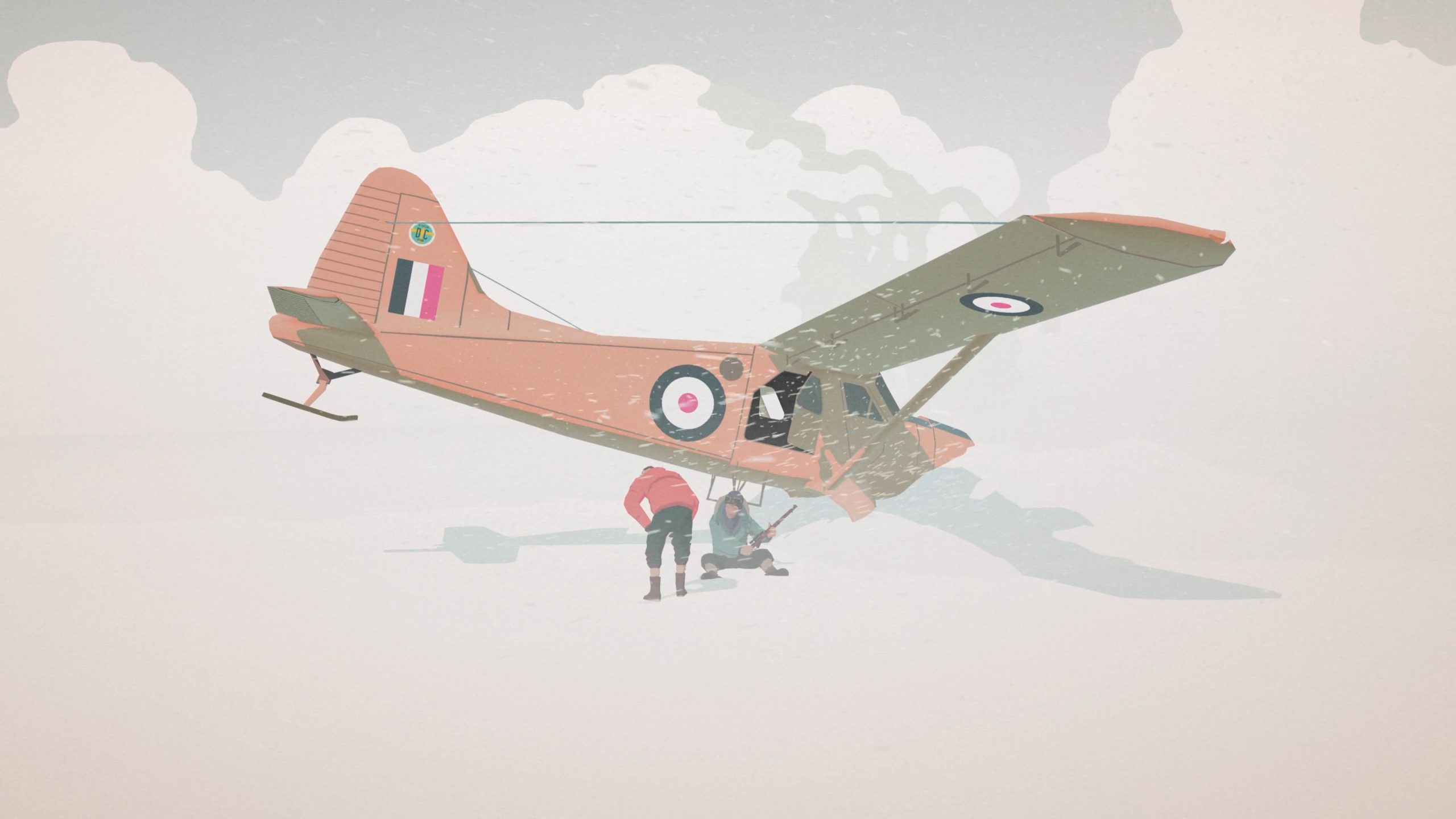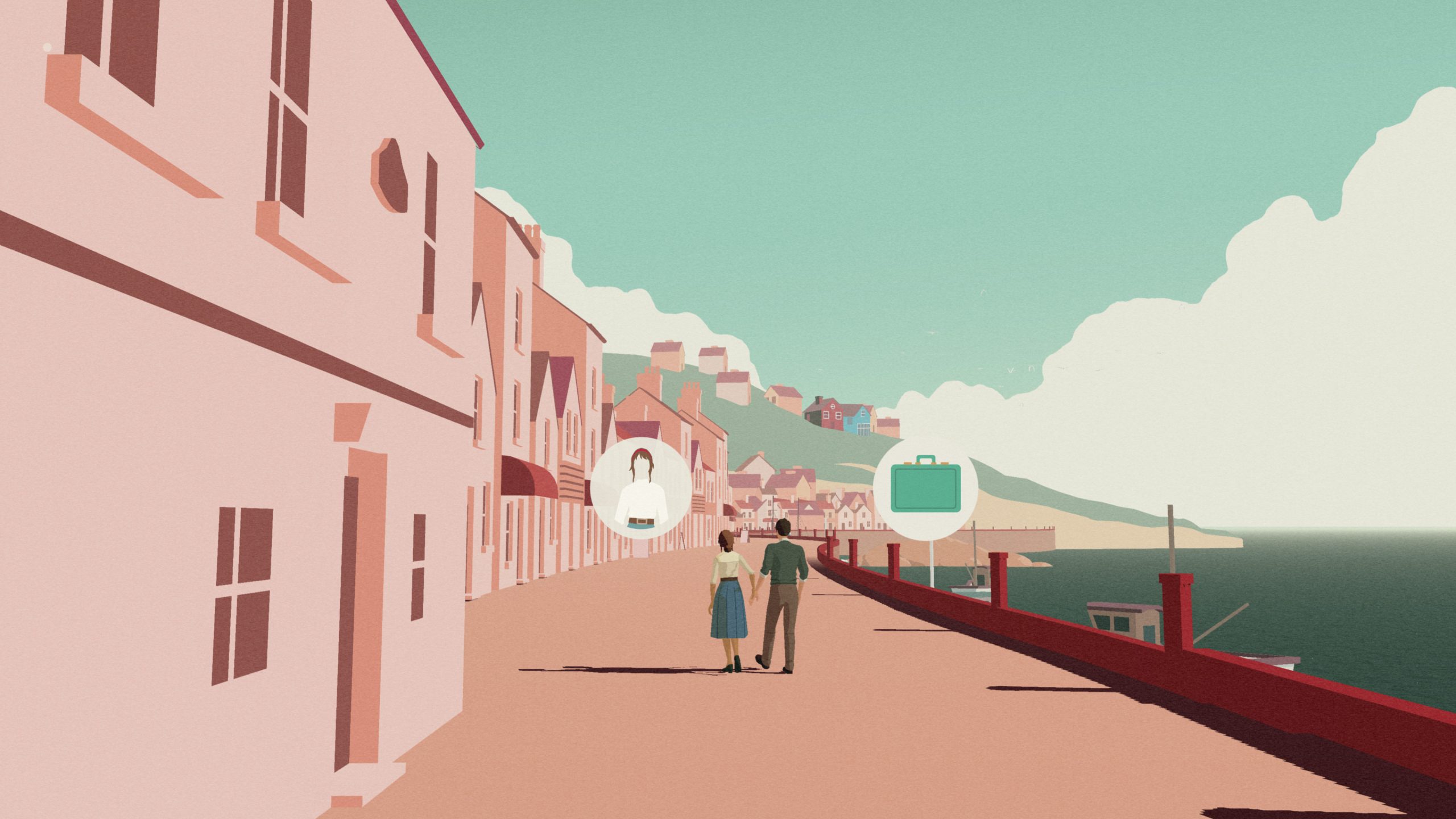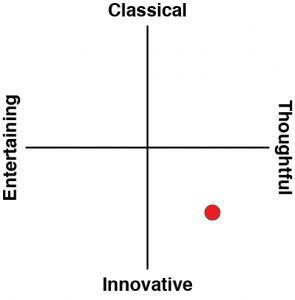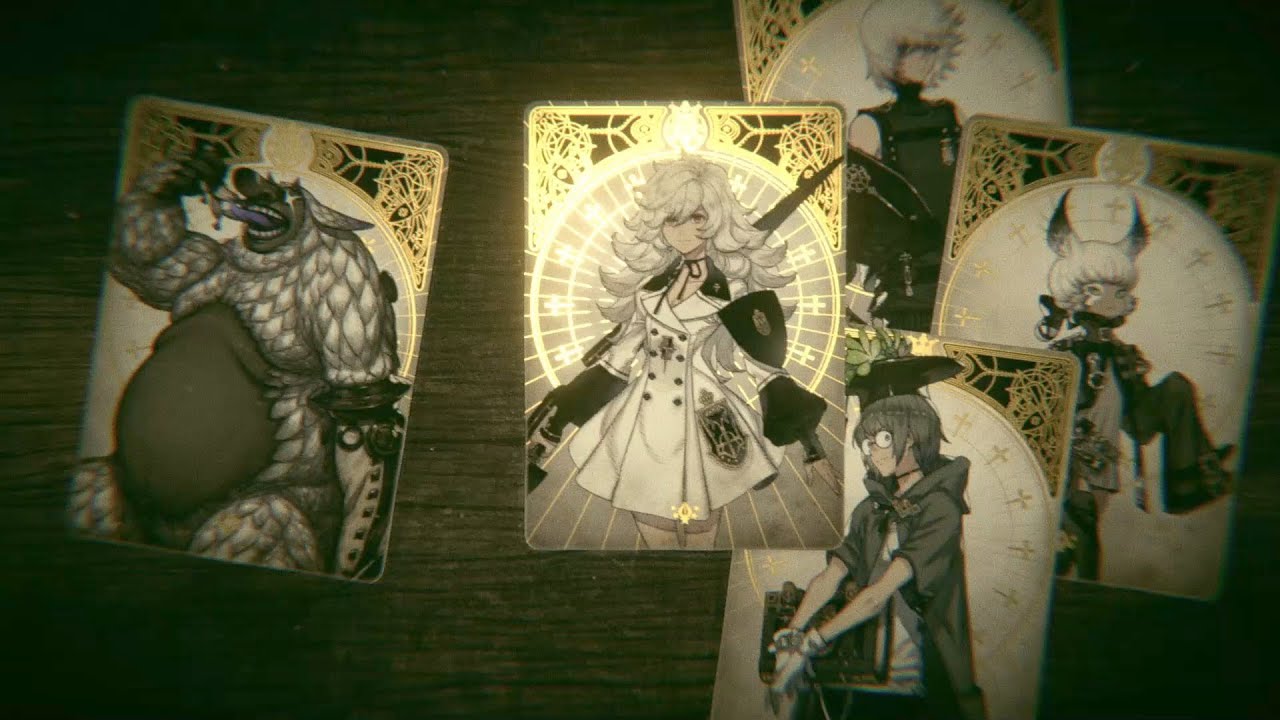I would rather play something like South Of The Circle than The Last Of Us. This is a beautiful, artful, thought-provoking little game that cleverly leverages some excellent cinematic techniques to make it look, feel, and behave like some good Eurocinema. It leaves a lot to interpretation – imagine actually thinking for yourself while playing a game! – and is woven excellently around its core themes.
The basic premise is that you play as a university professor who sets out on an expedition to Antarctica, only for their plane to crash and leave them stranded. They manage to make their way to a nearby scientific outpost, only to discover that everyone has mysteriously disappeared and, frighteningly, there are indications that the Soviets (the story is set during the Cold War) have come knocking.
But where the game finds its heart and soul is through the flashbacking techniques that it employs. While our professor is struggling his way across the ice and snow, he will frequently think back to and reminisce over his past, where we observe his deepening relationship with a young woman, the political tensions at his university, and where he fits into these dramas. The game has clearly been carefully researched so that it would accurately depict everything from the way protests were held through to the way McCarthyist rhetoric and the fear of communism at the time could ruin careers (even in non-American places like the UK). You’ll appreciate it more if you’re familiar with the era as the game is only around four hours long and does assume that you have some background knowledge to fully contextualise the setting, but it’s evocative if you do.
It terms of presentation, the aesthetic is that of a highly stylised, modern impressionalism-ish minimalism, which makes good use of lighting and camera angles to give the game a cinematic quality. It’s the transitions between the “now” and flashbacks that are the most striking feature, however. One example might be that the professor enters a room in the Antarctic station and flicks on a light. After the bright flash dies away we see that we’ve been transported to a flashback, occurring on the other side of the world and many years before. Another example might be that our hero is pushing through a snowstorm, and a gust blows so strongly that we lose him completely… only for the snow to die away and we realise that we’re looking at a fog of smoke created by a steam train instead.
In cinema we would call this a “match cut”, and it is a beautiful cinematic technique when it’s done well (which is rarely, and only great directors play around with this much). Directors will generally use it one or two times for particular emphasis within in a film, but South Of The Circle uses it almost exclusively. Outside of the match cuts that take us back and forth through time, the game is more interested in having a moving camera (i.e. following the character around) and creating the impression of long cuts, and this juxtaposition with the sudden quality of the match cut transitions make them all the more vividly noticeable, and deepening the cinematic quality of the game.
In fact, South Of The Circle would be a useful game for film students to play and study, because as a work of editing it’s a masterclass of using cuts and angles to create rhythm and structure to the narrative beats. It does mean that the game isn’t the most “interactive”, because those cuts needed to be carefully controlled by the developer to have the aesthetic and narrative impact that they do, but that’s a tradeoff that’s more than worth making.
The game does feature interactivity, to be clear. Frequently along the way, you’ll be asked to respond to situations with a variety of different emotions, and then in some key scenes make a narrative-based decision, too (for example: do you want to support the protestors, how do you respond to the woman the first time you meet her, and so on). The emotion options are there largely to let you build your own personality into the professor – will he be sunny and positive, or will he be morose? Will he panic or stay calm in critical situations? The ability to shape the character in this way does allow you to put yourself in his shoes (especially since, thanks to the art style, he comes across as a relatively blank avatar), even though none of these decisions affects how the broad narrative plays out. I would have liked a bit more of a hint about which emotion was which, though. The emotion options are presented as little abstract bubbles, and while you can guess at which are positive and which are negative (based on their colours and so on), having the actual word for the emotion on the screen would have been appreciated too.
There’s only one decision that affects the ending of the game (and there are two possible endings), and there is something of a missed opportunity there. I would have liked to have seen there be some consequence for choosing to support the protestors, or lie to the chancellor, for the simple reason that I would have liked the decisions to have consequences. But then again, the developers wanted to deliver a cinematic experience, and ceding too much control to the player would have undermined that, so I’m not hung up about the lack of agency being a “flaw” in this particular instance.
South Of The Circle is a beautiful game that tells a wonderful little story, and is backed up with a genuine effort by the developers to explore cinematic techniques for dramatic effect. When the alternative in video games is typically the equivalent of bland, rote Hollywood productions, South Of The Circle stands out as something different. Different is and always will be interesting. I’m just glad the developers backed the interesting techniques they used with a fascinating story.













